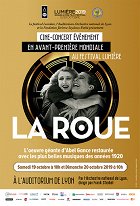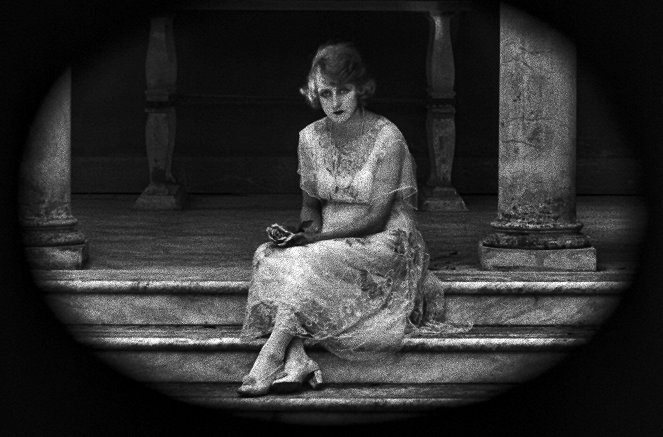Opisy(1)
This revolutionary picture from 1923 inspired filmmakers as different as Jean Cocteau, G.W. Pabst, and Akira Kurosawa. LA ROUE centers on the love triangle with a father and son who love the same woman, but the element that adds even more depth to this silent film is that the woman is their adopted daughter and sister. (oficjalny tekst dystrybutora)
Recenzje (2)
It's simply too long to be able to hold my attention for nearly five hours in today's time. There are incredible shots, great trick sequences, captivating artistic compositions, but that simply doesn't change the fact that it's still just a story about love that never really found proper fulfillment. I understand the significance of such a film in its time, but for the present time and the present-day person, it's essentially indigestible.
()
The Wheel is truly an ALL-EVENING feature film and, at the same time, a textbook of French cinematic impressionism (from which not only other French filmmakers, but also Soviet and Japanese filmmakers would learn the language of film). Made over a period of five years, the monster project cost 30 million francs, its original length was more than eight hours, and its sweeping nature resembles that of a classic novel. Gance, a lover of romantic literature (he referred to himself as the Victor Hugo of the silver screen), shows himself to be a great romantic. He places emphasis on the intensity of dynamic storytelling in combination with the poetic impression of the scenes. He uses soft focus, details that yield meaning, visual symbolism (circles, roses), kaleidoscopic capturing of impressions (subjective shots, rapid montage, juxtaposition, repetition of shots), bold contrasts (unbearable speed x deceleration, city x countryside, dark train x light mountain part), moving cameras, exterior shooting (in, among other places, the Swiss Alps, which may have inspired German mountain films such as The Holy Mountain and The White Hell of Pitz Palu). Thanks to the large number of stylistic techniques, the interweaving of a sentimental narrative with thrilling action scenes (which Griffith usually saved until the end) and the careful steering of our attention, for example by means of various colour shading of scenes (but also thanks to the banality of the main plot and limited number of characters), the complexly structured narrative with a number of flashbacks is never chaotic or tedious. Nevertheless, some scenes of drawn-out agony, testifying to Gance’s sadistic pleasure in the characters’ pain (as a Buddhist, he was convinced that life was suffering), could be shorter. On the other hand, such excessiveness is an inherent part of the melodrama that The Wheel indisputably is, despite the utilised avant-garde techniques (the storytelling techniques are basically conventional due to their psychological motivation and the emphasis placed on emotions). 80%
()


Reklama